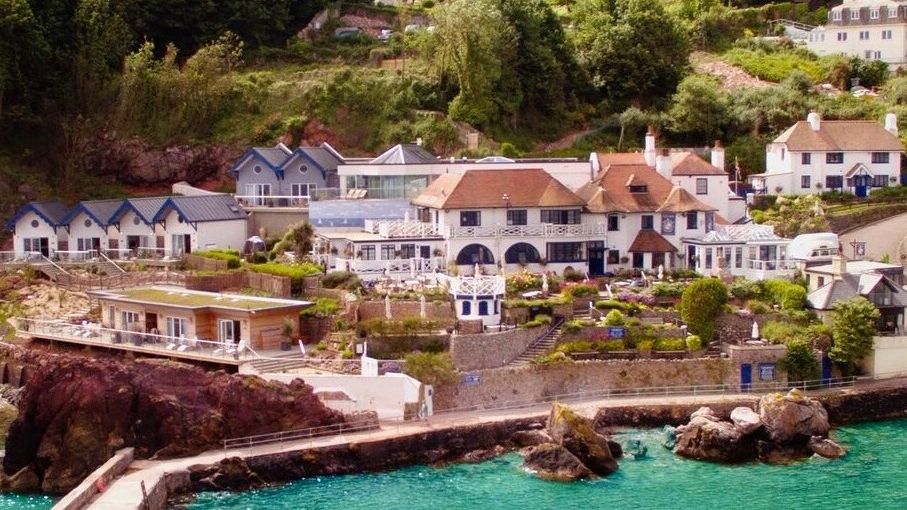History
Situated in the sheltered haven of Babbacombe Bay, The Cary Arms & Spa dates from the early 17th century. It has undergone many changes over the past 400 years, most recently being acquired and adapted into a highly successful boutique resort by the de Savary family in 2006.
As its name suggests, The Cary Arms was originally an inn when it opened on the bay. An isolated area at the time, the Inn would have provided lodging and food to the local fishing community.
The Cary family have been a part of Torquay’s history since 1662 when Sir George Cary moved into Torre Abbey. They owned much of the land at Cockington, St Marychurch and Babbacombe. Cary Arms is named after this influential local family.
Prince Albert took tea at the Cary Arms after another local property, known as The Glen, was unable to provide clotted cream for his Devonshire cream tea - a travesty! Cary Arms’ landlord, William Gaskell, was able to provide the famous cream tea, cementing the reputation of the Inn as a notable establishment, worthy of patronage by esteemed visitors.
The thatched roof of the inn was destroyed by fire in 1906 to be replaced by the red tiled one we see today. Local builders carried out the work for a cost of £1,193.
Today, Cary Arms is one of Torbay’s most exclusive and luxurious coastal resorts with a range of varied accommodation, including chic rooms and suites, restored fishermen’s cottages and beach huts, a restaurant and a luxury spa.
Step Inside the Cary Arms
Embark on a panoramic journey through the Cary Arms. This immersive 360° video invites you to explore our dramatic cliffside location, cosy interiors, and coastal charm—all from the comfort of wherever you are. Let our heritage and hospitality come to life.


